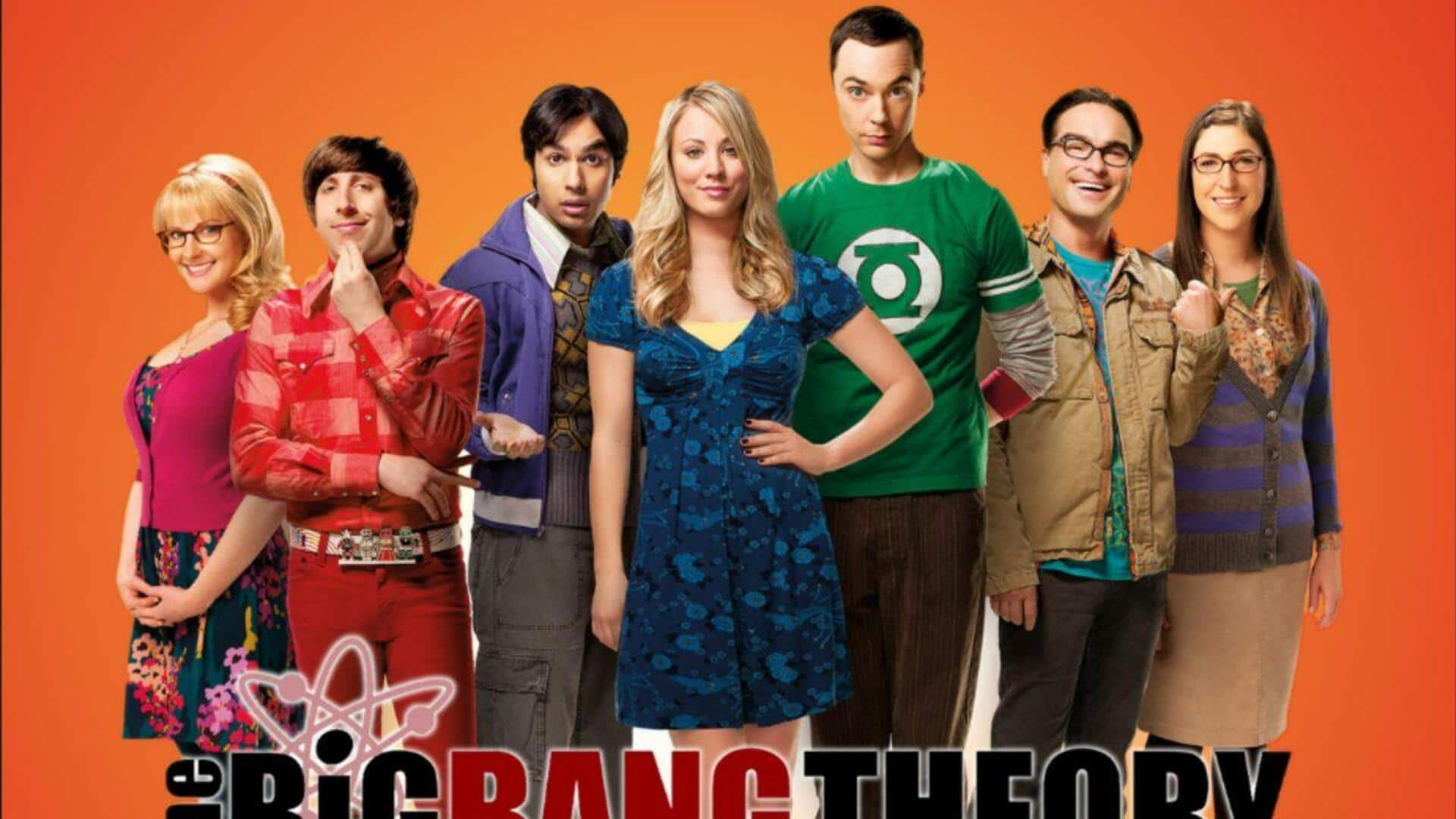
The hidden meanings behind Sheldon Cooper's iconic t-shirts
What's the story
In The Big Bang Theory, Sheldon Cooper's closet is much more than a hoard of quirky T-shirts. Every shirt he wears, more often than not, has a deeper meaning—one that resonates with his personality, interests, and the theme of the episode. These shirts are not merely fashion statements, but are deliberately chosen to match Sheldon's character traits and the show's arc. Here's what they mean!
#1
Superhero symbols on display
Sheldon often wears shirts with logos of superheroes like Superman or The Flash. These symbols reflect his passion for comic books and science fiction. They also emphasize his wish to be like them- the smart and brave ones. This dress choice highlights his admiration for heroes with superpowers, just like himself in the field of science.
#2
Science references abound
Many of Sheldon's shirts have scientific symbols or equations on them, showcasing his love for physics and academia. The designs are visual cues to his intellect and his commitment to scientific discovery. By donning such shirts, Sheldon not only reaffirms his identity as a scientist but also subtly educates viewers about all things science via popular culture.
#3
Pop culture nods in apparel
Sheldon's wardrobe also frequently features references to popular culture outside of superheroes, be it classic video games or iconic '80s and '90s movies. These nods not only associate him with his fellow enthusiasts but also highlight his wide range of interests beyond academia. This part of Sheldon's clothing choices adds a layer to his character by showing how he derives joy from different forms of entertainment.
#4
Color psychology at play
The colors of Sheldon's shirts aren't random; they often reflect specific moods or themes within an episode. For instance, bright colors might indicate excitement or happiness, while darker tones could hint at seriousness or introspection. Using color psychology reinforces subtle emotional cues that make storytelling richer without relying solely on dialogue or action.